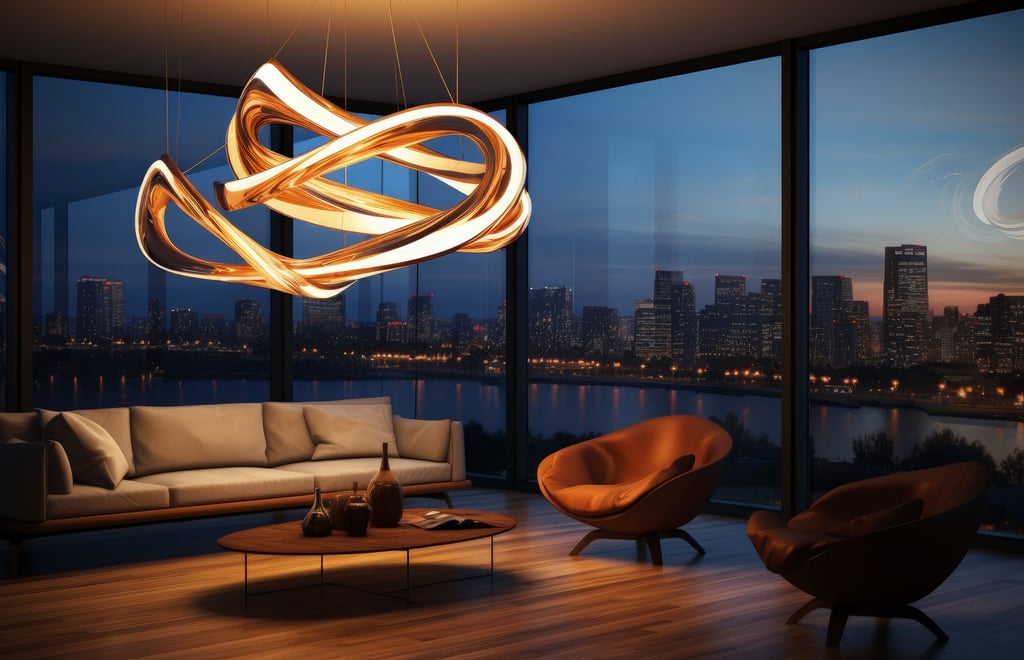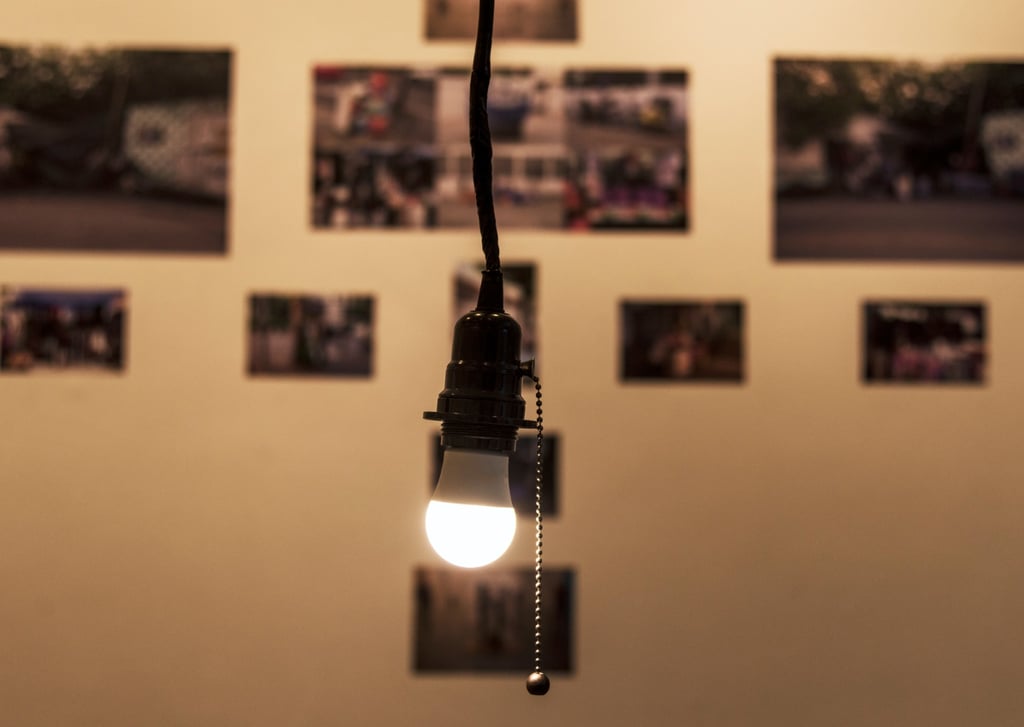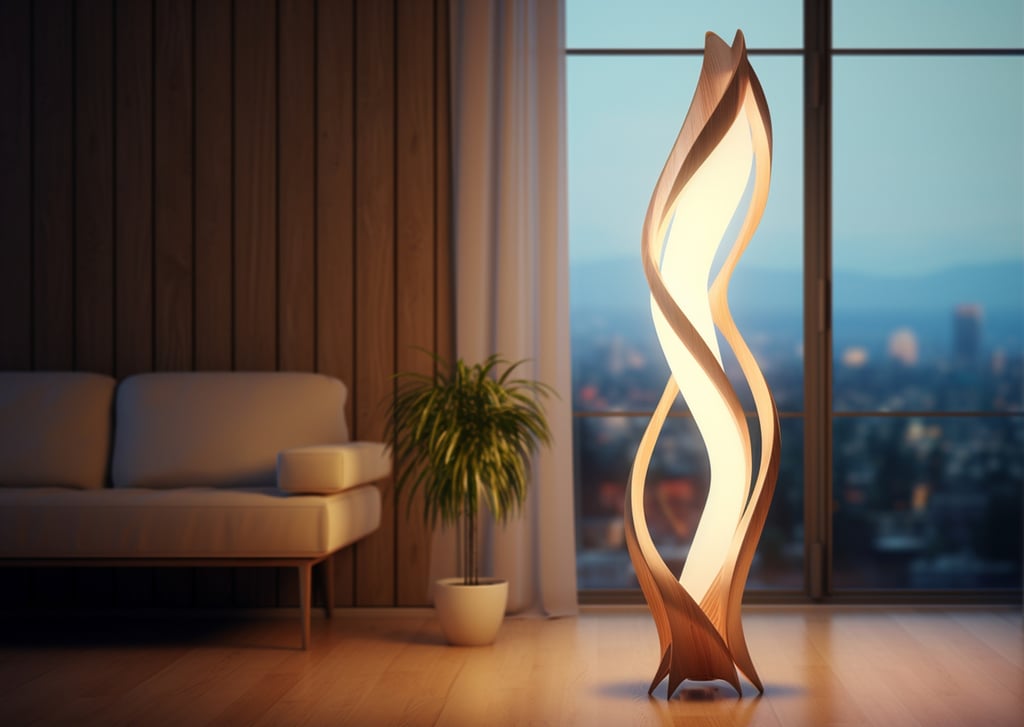The Profound Impact of Lighting on Home Interior Design: Illuminating Spaces
DESIGN
Lighting is often an overlooked element in home interior design, yet its power to transform a space is immense. More than just a functional necessity, lighting is an art form that can sculpt moods, highlight architectural features, and create a sense of warmth and invitation. Understanding how to effectively utilize different types of lighting can elevate your home from merely decorated to truly designed.
At its core, lighting serves to illuminate, but its effects extend far beyond simple visibility. It can dictate the perceived size of a room, influence the color perception of your furnishings, and even impact your own well-being. A well-lit home feels welcoming and comfortable, while poor lighting can make a space feel cramped, dull, or even uninviting.
The Multifaceted Influence of Light:
Mood and Atmosphere
The type of light you choose significantly impacts the mood of a room. Warm, soft lighting (around 2700K-3000K) creates a cozy and relaxing atmosphere, ideal for bedrooms and living rooms. Cooler, brighter light (4000K-5000K) is energizing and conducive to focus, making it suitable for kitchens, home offices, and bathrooms. Dimmers are your best friend here, allowing you to adjust the intensity to suit different activities and times of day.
Highlighting Features and Artwork:
Strategic lighting can draw attention to your favorite pieces of art, a beautiful architectural detail, or a prized collection. Accent lighting, such as spotlights or picture lights, can create a focal point and add drama to a room. Think about how galleries use lighting to make their exhibits pop – you can achieve a similar effect in your own home.
Defining Spaces:
In open-plan living areas, lighting can subtly define different zones without the need for physical barriers. For instance, a pendant light over a dining table can clearly delineate the eating area, while a floor lamp next to an armchair can create a cozy reading nook. This technique adds structure and functionality to multi-purpose rooms.
Color Perception:
Did you know that different light temperatures can alter how colors appear? Warm light can make cool colors seem duller and warm colors richer, while cool light can make warm colors appear muted and cool colors more vibrant. It's crucial to consider your lighting choices in conjunction with your color palette to ensure your chosen hues are accurately represented.
Enhancing Functionality
Beyond aesthetics, lighting is inherently functional. Task lighting is essential for activities like reading, cooking, or working. Under-cabinet lighting in a kitchen provides crucial illumination for food preparation, while a good desk lamp is vital for productivity in a home office. Layering task lighting with ambient and accent lighting creates a comprehensive and versatile lighting scheme.




Creating Illusions of Space:
Lighting can be a powerful tool for manipulating the perception of space. In a small room, wall sconces that direct light upwards can make the ceiling appear higher, while strategically placed floor lamps can widen a narrow hallway. Conversely, in a large, cavernous room, carefully placed downlights can make the space feel cozier and more intimate.
In conclusion, lighting is not an afterthought in interior design; it is a fundamental building block. By understanding the different types of lighting, their effects, and how to layer them effectively, you can unlock the true potential of your home, transforming it into a beautifully illuminated and truly personal sanctuary.


FOQ
Q1. What are the three main types of lighting used in interior design?
A1. The three main types are ambient (general overall illumination), task (focused light for specific activities), and accent (highlights specific features or objects).
Q2. How can I make a small room feel bigger with lighting?
A2. You can use wall sconces that direct light upwards to create the illusion of higher ceilings or strategically place floor lamps to brighten corners and expand the perceived space. Utilizing lighter-coloured bulbs (cooler temperatures) can also make a room feel more open.
Q3. What is the ideal light temperature for a living room?
A3. For a living room, a warm white light temperature (around 2700K-3000K) is generally ideal as it creates a cozy, relaxed, and inviting atmosphere.
Q4. Should all the lights in a room match in style and finish?
A4. Not necessarily! While cohesion is good, mixing styles and finishes can add visual interest and personality to a room. The key is to ensure they complement each other and contribute to the overall design aesthetic.
Q5. How do dimmers improve a lighting scheme?
A5. Dimmers offer incredible flexibility by allowing you to adjust the light intensity to suit different moods, activities, and times of day. They can transform a brightly lit space for entertaining into a soft, intimate setting with just a flick of a switch, also saving energy.



